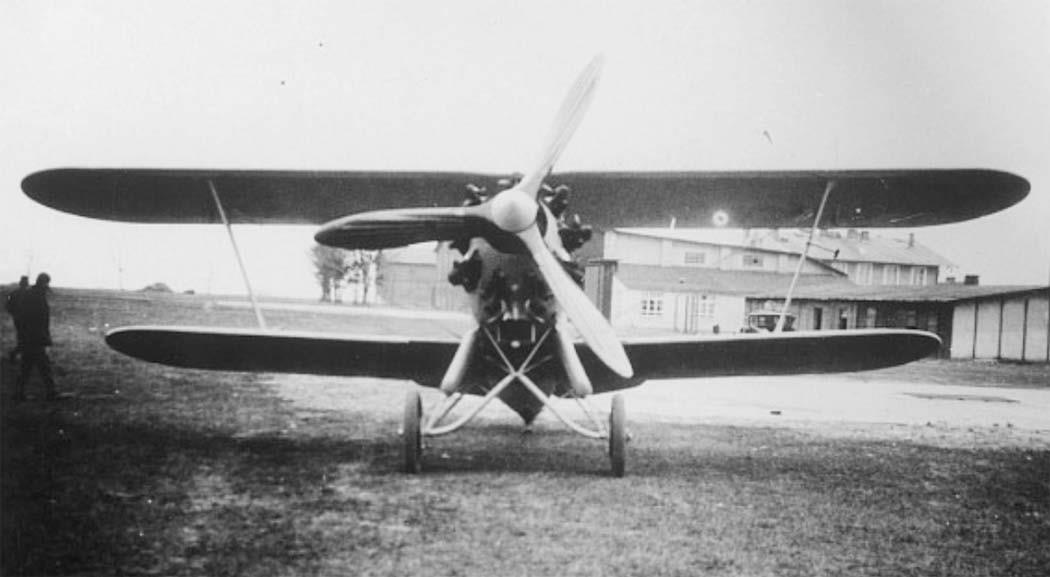Larger and substantially heavier than the preceding SD I, and utilising a more conventional unequal-span biplane wing cellule with N-type interplane struts and flying wires, the SD II was designed by Ing Walter Rethel and a sole prototype was completed in 1929 as a competitor for the HD 37, a second airframe becoming the SD III. Of mixed construction, with fabric-covered wooden wings and a welded steel-tube fuselage, the SD II was powered by a geared Siemens built Jupiter VI nine-cylinder radial, which, with a maximum rating of 530hp, drove a large-diameter, slow-running three-bladed propeller requiring a high angle of attack on the ground. Armament remained two 7.9mm synchronised 08/15 machine guns. The SD II demonstrated rather difficult flying characteristics, but, together with the SD III, provided a basis for the series-production Ar 64.
| Type |
Single seat fighter |
| Engine |
1 Siemens Jupiter 6.3 U with a 3-bladed propeller |
| Dimensions |
Length 7.40 m, height 3,20 m, span 9.90 m, wingarea 22.90 m2 |
| Weights |
Empty 1445 kg, flying weight 1770 kg, wing loading 77.29 kg/m2 |
| Performance |
Max. speed 225 km/h, at 5000 m 239 km/h , cruising speed at sea level 205 km/h, service ceiling 7000 m, climb to 1000 m 1.5 min. |
| Armament |
2 × fixed, forward-firing MG 08/15 7.92 mm machine guns |
| Type |
Werk.Nr |
Registration |
History |
|
52 |
|
Was tested at Staaken, Rechlin and Lipezk |


